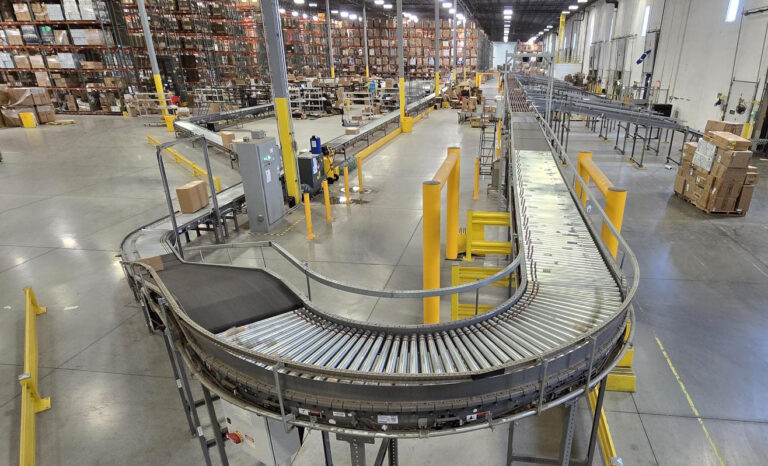Customer demand has driven Ecommerce and Fulfillment Industries to offer 24/7 delivery with few to no mistakes. And without 24/7 technical help, equipment failures often result in disappointed customers and lost income.
Here’s how a preventative maintenance plan helped Spreetail, an Ecommerce Acceleration company
A year ago, this ecommerce company experienced frequent operational disruptions, resulting in 9 emergency service calls. With average technician time exceeding 2.5 hours per incident (including travel), total downtime approached 24 hours across the year. Estimated revenue losses were over $100,000, and even more when considering customer dissatisfaction.
Now, with a Preventative Maintenance program in place, they’ve experienced 0 downtime, 0 emergency calls, and a look-forward strategy that identifies problems before they happen.
Ray Goins, Director of Engineering & Facilities at Spreetail, appreciates the customized program, saying “Systems in Motion was the first company to think outside the box and support us the way we needed, with a unique and tailored program.” Ray elaborates, “Two things stand out with Systems in Motion. They came to the table to listen to us, to hear our concerns and work with us to deliver what we needed, not a packaged program. And they are extremely accessible. It feels like they care as much about our business as we do, and it’s obvious they want us to succeed.”
What did Systems in Motion deliver?
A Strategic Partner Approach:
- Expert-level audits to catch failures before they escalate
- Custom dashboards for operational decision-making
- Preventative protocols to increase uptime and reduce total cost of ownership
What is preventive maintenance?
A unique check-in and check-up program designed for each customer.
For our ecommerce client that meant:
1. Understanding their equipment’s real lifecycle – when and where failures could happen – and scheduling repairs and/or replacements before failure. Experts who provide:
a. Visual inspections
b. Wear component replacement
c. Sensor calibration
d. Debris removal
e. Functional testing of motors, belts, rollers, and air systems
2. Creating an annual maintenance budget – not an unknown repair bill
3. A strategic partner that provides timely data-driven maintenance forecasting:
a. Emergency service history and trends
b. Preventative maintenance logs
c. Labor tracking and service hours
d. Parts usage and inventory demand forecasting
These insights helped company leadership justify an investment in maintenance and visualize ROI in real time.

